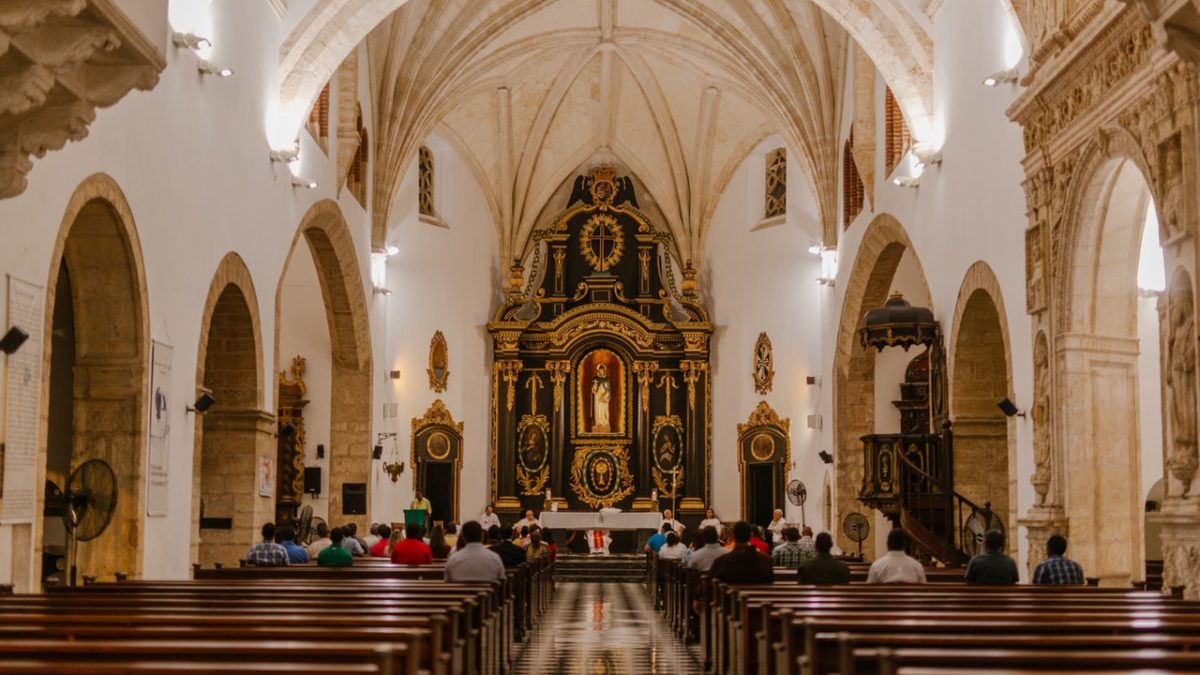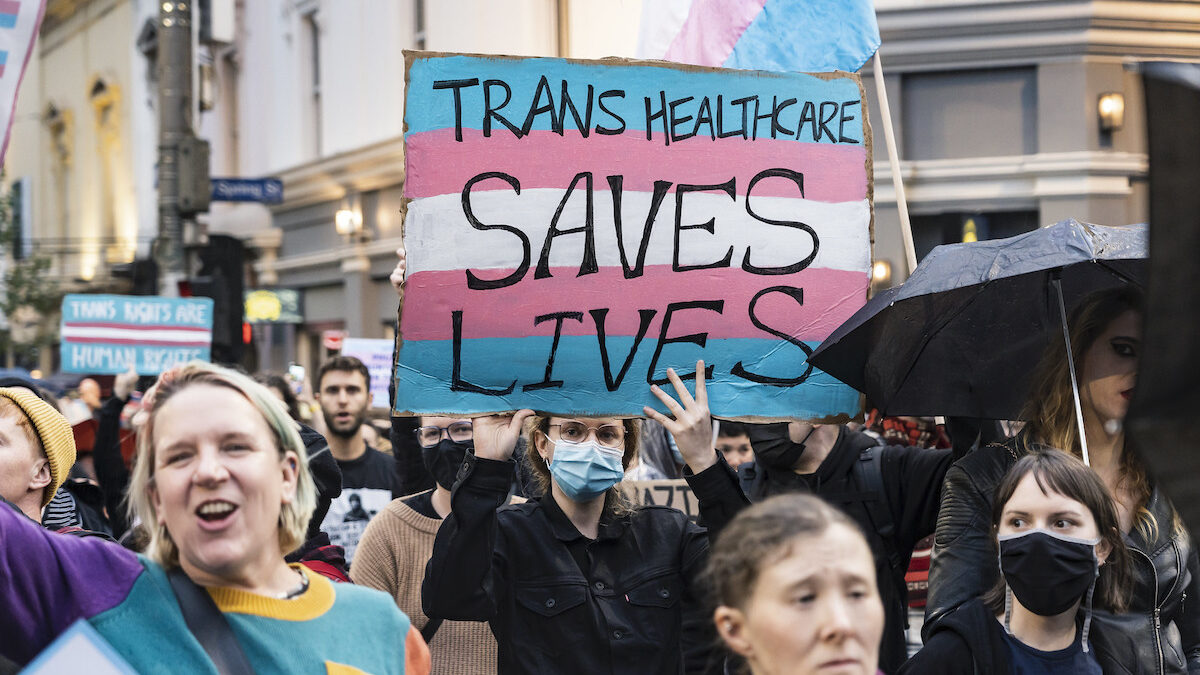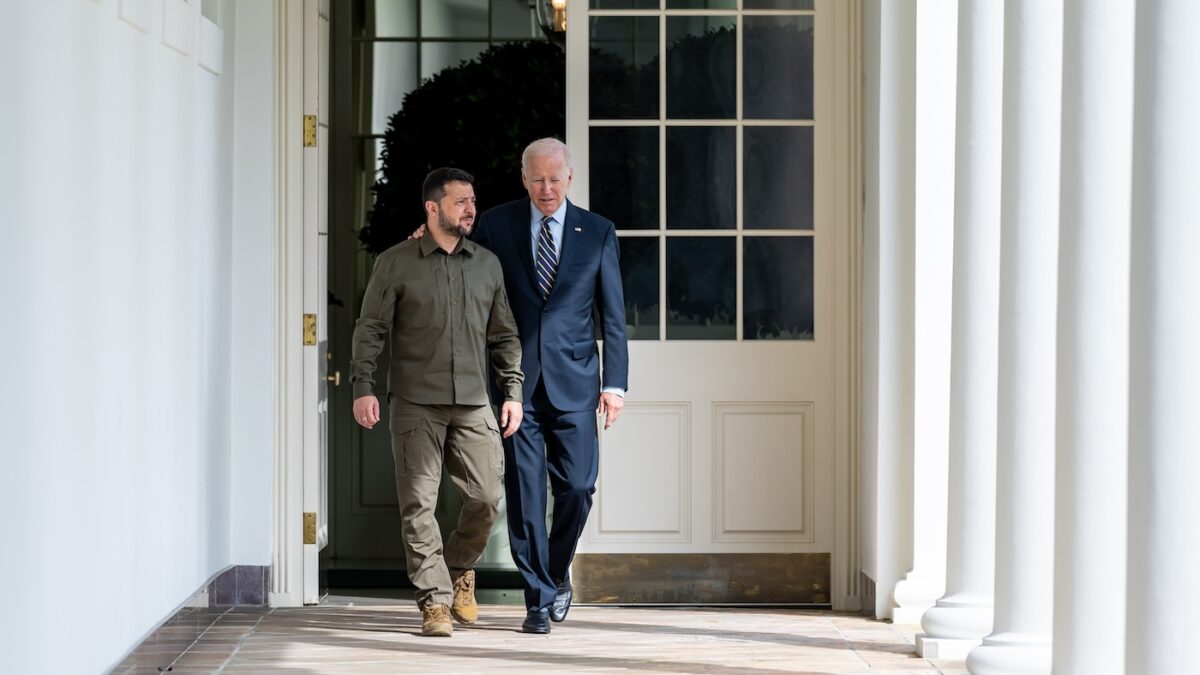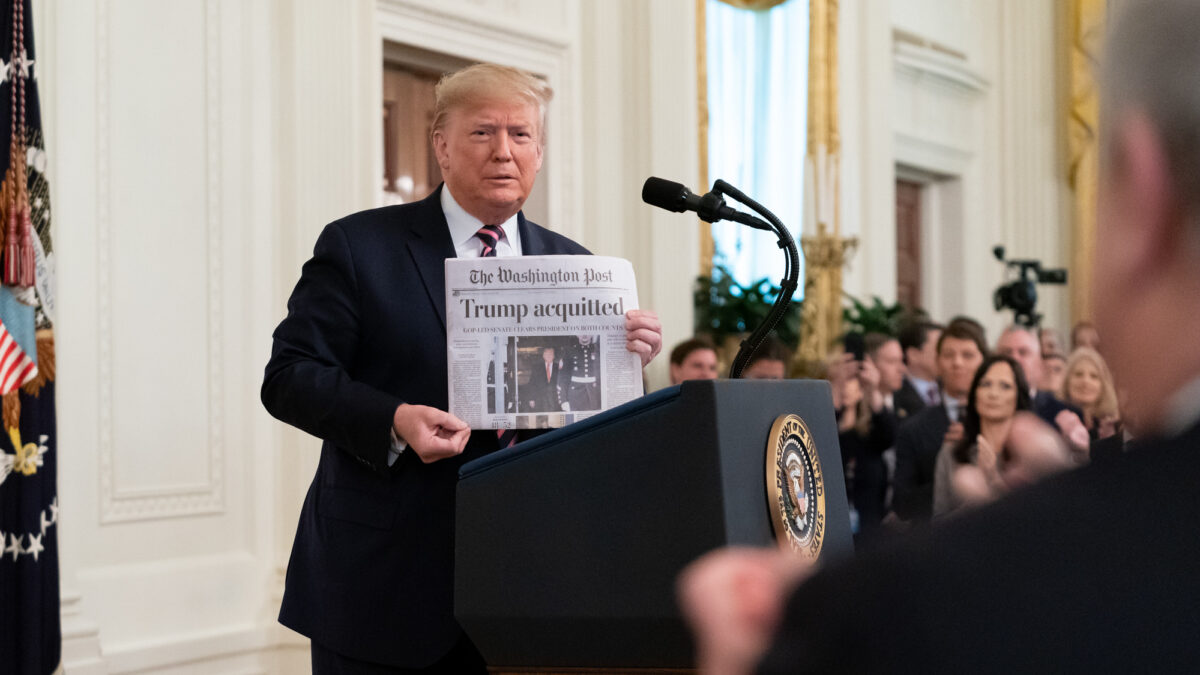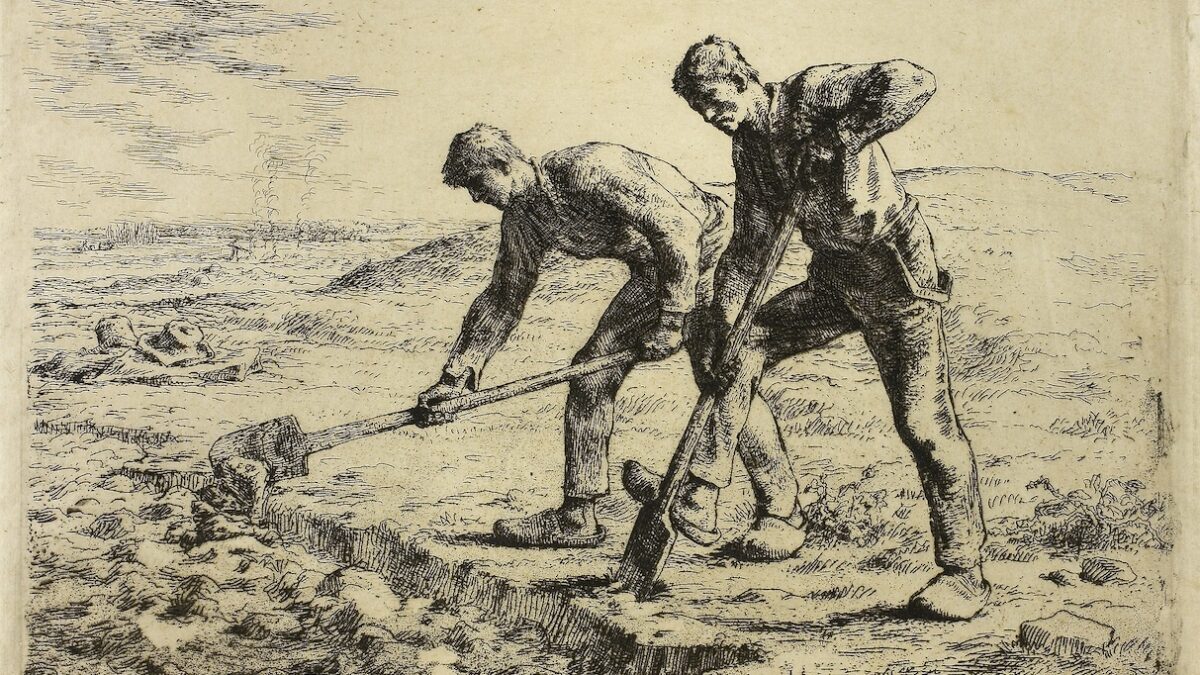The COVID era has been a period of shock, honesty, reflection, and reckoning for many families, and consequently a time for monumental changes. For me, one of the most significant developments concerned my faith. In 2021, I shelved the insipid Catholicism of my younger years in favor of the Latin Mass, and I haven’t looked back.
I wasn’t always a traditional Catholic. I grew up with the same ho-hum homilies, fan-shaped seating, and ghastly ‘70s sing-alongs as the next Catholic. But when I relocated interstate last summer, I committed to finding a church where I knew that my faith, and that of my children, would be nurtured, not undermined.
My search led me to the Traditional Latin Mass, the liturgical form celebrated in all Catholic churches throughout the world for centuries until the revolutionary reforms of the second Vatican Council and the implementation in 1969 of the New Mass or Novus Ordo Mass.
Not all Novus Ordo parishes are dogmatic deviations and aesthetic horror shows. My previous parish, run by faithful Dominicans, was one of these exceptions. But I couldn’t count on stumbling across another hen’s tooth. So, when I was researching which red state to flee to, choosing an area served by a Latin Mass parish was a must.
I was therefore saddened when Pope Francis wished Catholics a Merry Christmas last month by pressing the attack against those who celebrate the Traditional Latin Mass. The Congregation for Divine Worship published a set of clarifications to the pope’s apostolic letter, “Traditionis Custodes,” released in July. The document aims at severely restricting the ability of priests to celebrate the Tridentine Holy Mass.
Francis’s new rules are vindictive and absurd. Newly ordained priests must receive express authorization from the Vatican via their bishop to celebrate the old rite. Where the celebration of the Traditional Latin Mass has been permitted, details must not be published in parish bulletins. Latin Mass celebrations cannot be held at the same time as the pastoral activities of the parish community. Priests may not celebrate the traditional Latin rite twice on the same day, and not on the same day as they celebrate the New Mass.
Both John Paul II and Benedict XVI, seeking to heal rifts with traditional groups as well as honor the Latin liturgical tradition for its “venerable and ancient usage,” showed pastoral generosity and flexibility regarding the Latin Mass. Fast-forward 15 years and now Francis has reversed course and opened a new front against those “who feel attached” to the church’s ancient form of worship.
The pope’s bizarre intolerance, even contempt for, the old Roman rite is starkly juxtaposed with the seemingly free reign given to Catholic churches, institutions, ministries, and priests around the world, including at the Vatican, to stage liturgies featuring a pagan Andean fertility goddess and a representation of an Aztec god, to promote scandalous depictions of Our Lord and His Blessed Mother, and to flagrantly thumb their noses at consistently reaffirmed church teaching on human sexuality and mortal sin.
Francis’s stated objective in targeting the Latin Mass is to promote “the concord and unity of the Church.” Instead, Francis’s campaign reflects a fear that traditional Catholics, although a minority, pose a threat to the liberal, modernist monstrosity that he and a radical set within the hierarchy have been busy crafting and superimposing on the church of Christ.
It’s the hypocrisy behind Francis’s “come as you are … unless you’re a traditional Catholic” rot which could have the opposite effect to that which he likely intends; it certainly helped drive me away from the New Mass. Indeed, preliminary research indicates that Traditional Latin Mass parishes are thriving, notably among the 18-39 age group.
Sacraments Shape Our Faith
I was personally drawn to the liturgical focus on Christ’s sacrifice, the reverence for the Blessed Sacrament, the doctrinal orthodoxy and biblical faithfulness of the preaching, and the entreaty to safeguard the wellbeing of one’s soul. I have discovered a unity of form and substance that is sobering and compelling.
Michael Brendan Dougherty explains that “for Catholics, how we pray shapes what we believe.” He argues that “the practice of the New Mass forms people to a new faith: To become truly Christian, one must cease to be Christian at all.”
As bishops began deviating from traditional Christian positions on marriage, sexuality, suffering, death, and right to life, they have replaced Christ, His mother, the saints, and the fundamentals of Christianity with handwringing, finger-pointing, and fist-pumping over social justice issues like climate change, immigration, and so-called racial justice.
A recent Pew research study provides an insight into the sort of effect this shift away from Christ has had on Catholics’ understanding of their own faith. Sixty-eight percent of those who lcall themselves Catholics say people who don’t believe in God can still go to heaven. In stark contrast, only 21 percent of evangelical Christians hold the same view. Only 16 percent of Catholics believe that their religion is the one true faith leading to eternal life in heaven, compared with 50 percent of evangelical Christians.
Dismay over apparent departures from church dogma undoubtedly came to a head with the pandemic. Without warning or precedent, churches were closed. Participation in the sacramental life of the church was deemed non-essential by the successors of Jesus’ apostles; once you saw this outrage, you couldn’t unsee it. What other lies had we been served? What other omissions, half-truths, and full-blown heresy had we ingested and alarmingly, even regurgitated to others?
Enter the Traditional Latin Mass, where the sacraments are revered, and Jesus Christ is held up as the only name by which we must be saved. Priests still instruct the faithful in how to get to heaven, not how to fit in with heathendom. The moral teachings of the church are taught with plenty of love and without apology. Parishioners are not only instructed in the lives of the saints, but they are also urged to become saints.
Christians need guidance from their pastors in navigating this treacherous journey and staying fixed on the prize which is, per St. Paul, “God’s call through Christ Jesus to the life above.” Catholics who attend the Latin Mass are thirsting after the unity, constancy, and clarity of a Church that, as the second-century bishop and saint Ireneus described it, “though dispersed through the [sic] whole world … has received from the apostles and their disciples this faith…. [and] carefully preserves it … as if she had but one soul and one and the same heart, and she proclaims them, and teaches them, and hands them down, with perfect harmony, as if she possessed only one mouth”.
Pope Francis may leave a legacy of division within the church, but Catholics need to trust in God’s providence. In Acts, when the Jewish council assembles to discuss how to deal with those renegades Peter and John, and their preaching about Jesus, one of the Pharisees advises leaving them alone. “[I]f this design, or work be of men, it will fall to nothing. But if it be of God, you are not able to destroy it.”
Pope Francis may well go down in history as the pontiff who, despite his most calculated efforts, led people like me in droves away from blandness, indifference, error, and confusion, back to the ancient rite and with it, the true Catholic faith.
